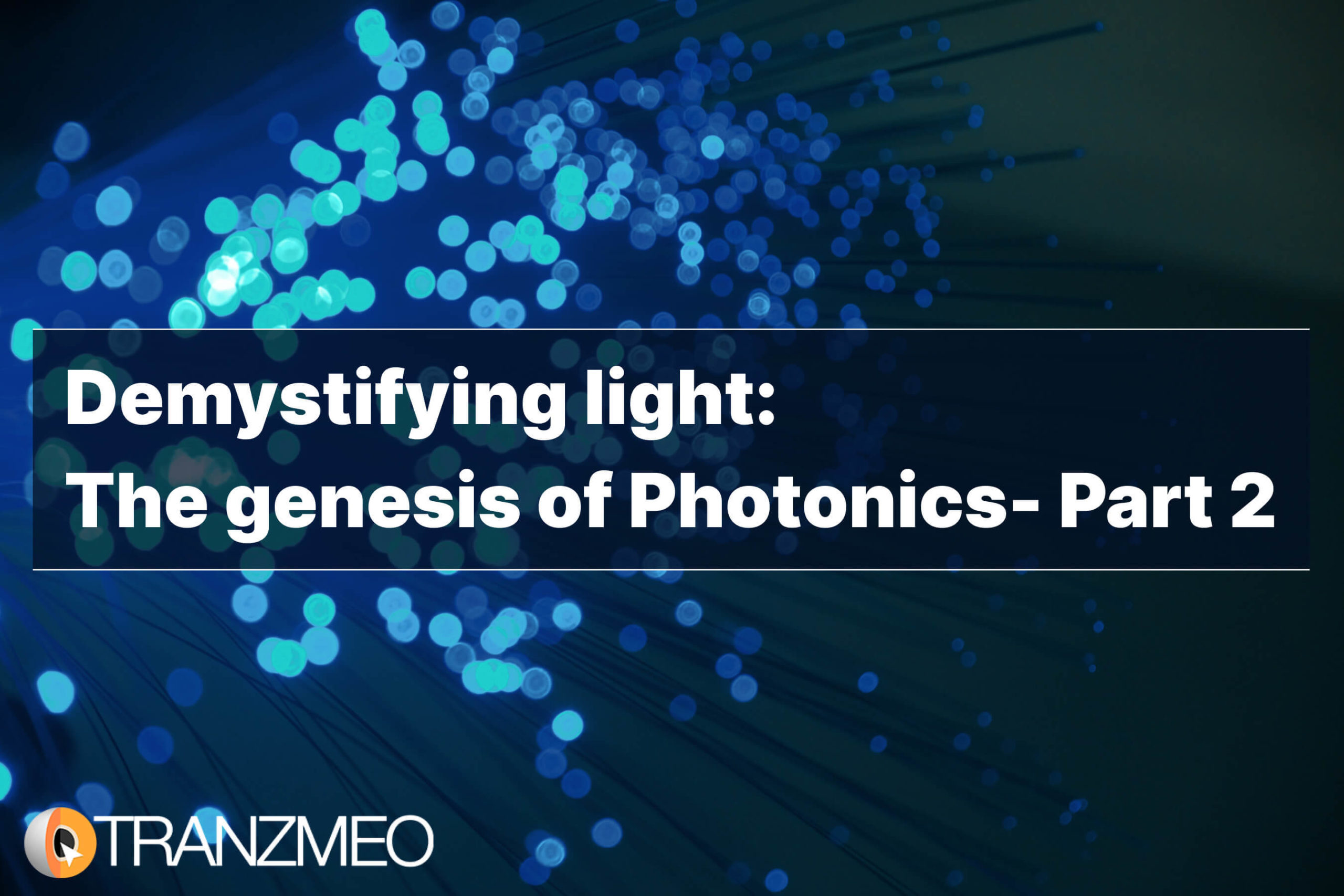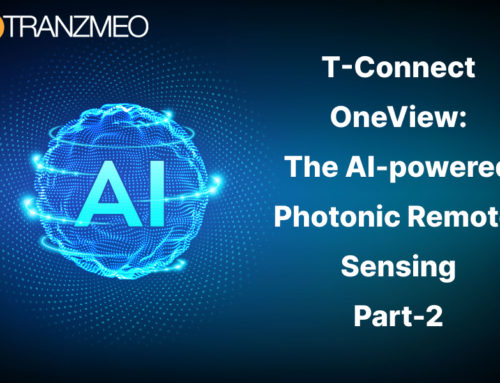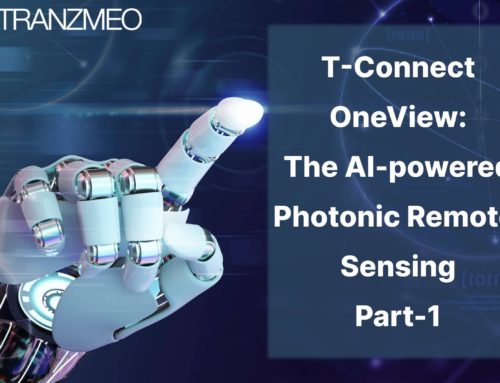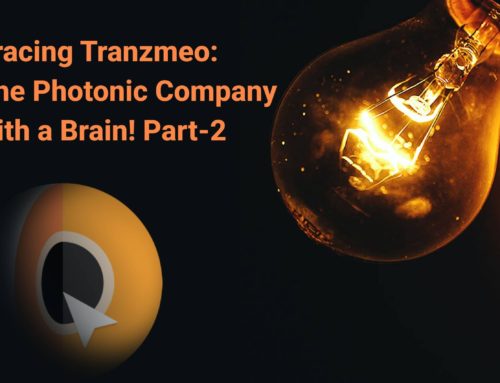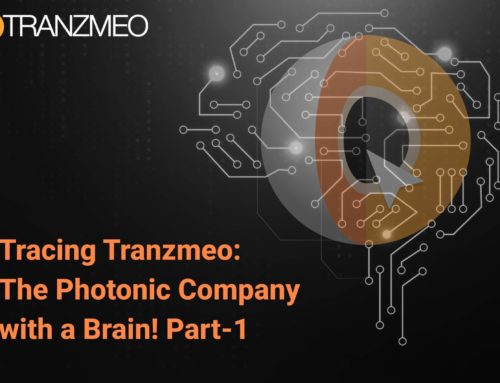Light traverses faster than any other thing on the planet, and so do its little energy packets named photons. Photonics evolved as an enabling technology after we discovered its potential to replace electronics. As the Nobel Prize winner, British-American physicist Charles Kao says, Photonics has transformed the way we live our daily lives.
The Nobel Prize of 2009 was awarded for a breakthrough invention in fiber-optic communication which improved public awareness of the opportunities of photonics. Kao found that with a fiber of pure glass, light signals can transmit over hundreds of kilometers.
Photons won’t easily get interrupted by other photons during the transmission and they travel at the speed of lightning. While considering the particle nature, Electrons and photons travel alike in a direction. They both vibrate in a movement of up and down. These resemblances in characteristics made the researchers ponder about using Photonics instead of electronics in devices and industries.
Photonics v/s Electronics
Photonics can perform multiple operations which were confined to the range of electronics before. Even though we do not pay attention to it, most of the modern day appliances employ photonics. Applications that utilize photonics are employed in various areas that include information processing, telecommunication, military technology, robotics, biophotonics, medicine, spectroscopy, laser material processing, etc.
Electronic appliances are dealing with electrons or fermions which obey the Fermi-Dirac statistics, whereas Photonics is dealing with photons/Bosons which obey the Bose-Einstein statistics. In electronics, the carrier vectors are electrons. Photonics replaced the electronic flow with the flow of photons or plasmonic flow. The advantages of photonics over electronics are its possibility to transmit information of higher frequency. The plasmons can attain the capability to confine light in very small dimension objects when interacting with electrons.
With electronics, Miniaturisation is a tremendous task and the semiconductors used in electronics can only be shrunk to a certain extent. We had to find an alternative to make appliances more efficient and portable. The electronic components can be miniaturized and we can make it lightweight to a great extent if we use the prospects of photonics. The appliances and systems using photonics are power efficient and have long life also.
Their light weight makes them easy to install and port from one place to another. Data is packaged into light in Photonics and transferred through fiber-optic cables. Whether it is important huge data or social media videos, everything can be shrunk into the light. The potential of Photonics is incredible and countless innovations and research are happening daily in this field.
Why photonics wasn’t popular before?
Nonetheless, we didn’t use this complete potential of light until the latter half of the twentieth century. What made us hesitant to bring this amazing technology into the appliances and industry? The answer is that the internet and technologies of the 1980s and before were not ready to adapt to such a revolutionary technology. What was the condition of the internet during the 1980s? Let us have a look!
50 years ago, technology and network was running at a very slow speed and had many limitations in performance. While tracing the course of photonics, the period of the 1970s and 1980s stand out. But photonics was limited to research and laboratories until high performance computing got accelerated.
At the beginning of supercomputing, the technology and the research were expensive. Supercomputers started using more processors in the 1980s to increase efficiency. With the increased need for faster processors, the manufacturing cost also hiked. The supercomputer market became sluggish due to the increased manufacturing cost.
Photonics appliances shrink the data into light and carry it through fiber optic cables. But when this data which is shrunk as light reaches the data centers, it has to pass through a silicon pathway. During that time, the computers at the data centers were not run by photonics. Those computers were using traditional technology and were run by moving electrons through silicon chips. They couldn’t directly handle the data which was shrunk into the light. The scientist had to work on developing lasers that can work on silicon in order to utilize the full potential of Photonics.
However, to integrate photonics into the electronics industry, there were so many hurdles to be overcome. To replace electronics and rule the market, photonics had to provide devices where optical fiber links replace the copper links, like long haul communications. It took several years for the signal processing using photons to supersede the traditional electron signal processing.
Conclusion
Photonics started with mimicking electrical devices and ended up replacing them. Every software or application depended on the electronics at the physical layer. There wasn’t another option till photonics. The global industries are working for an efficient and quality production system with less cost of implementation and they found Photonics industry as very promising.
Today, Photonics is one of the six key enabling technologies identified by the European Commission along with advanced manufacturing, advanced materials, life-science technologies, micro/nanoelectronics, artificial intelligence, security, and connectivity. The recent pandemic has also influenced the photonics industry as faster online content sharing has gained much importance.
